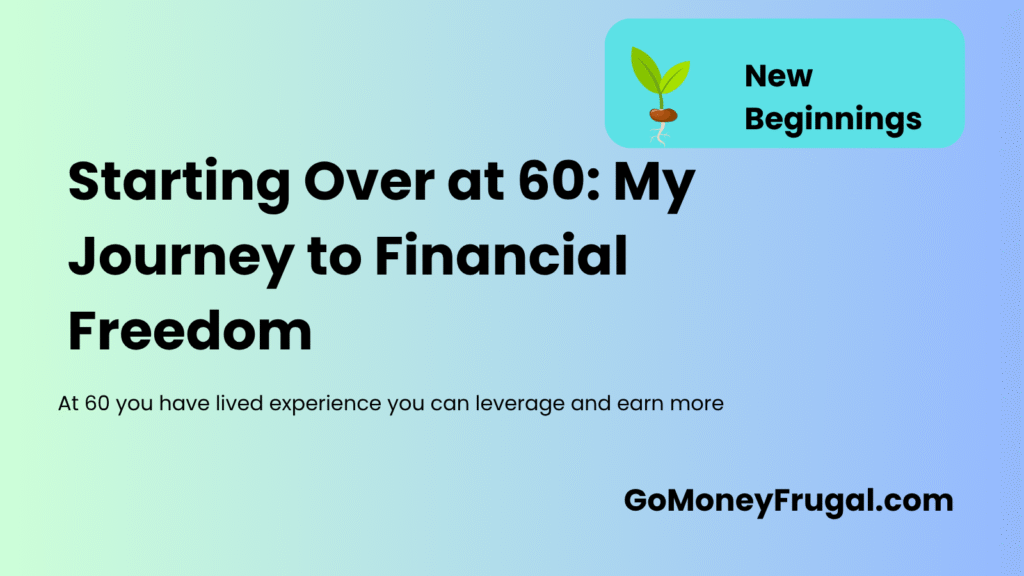Starting Over at 60: My Journey to Financial Freedom (US Edition)
How one 60-year-old turned a financial crisis into freedom through practical steps that work at any age. Discover the mindset shifts, skill monetization strategies, and realistic planning that created a $12,400 annual improvement without extreme lifestyle changes.
Starting Over at 60: My Journey to Financial Freedom (US Edition) Read More »
Life After 60, Make & Save Money
